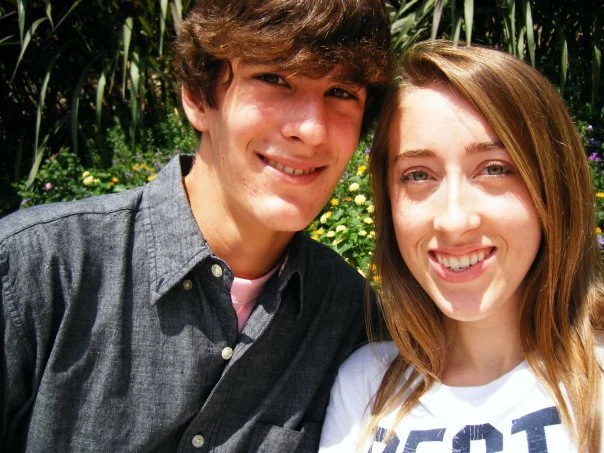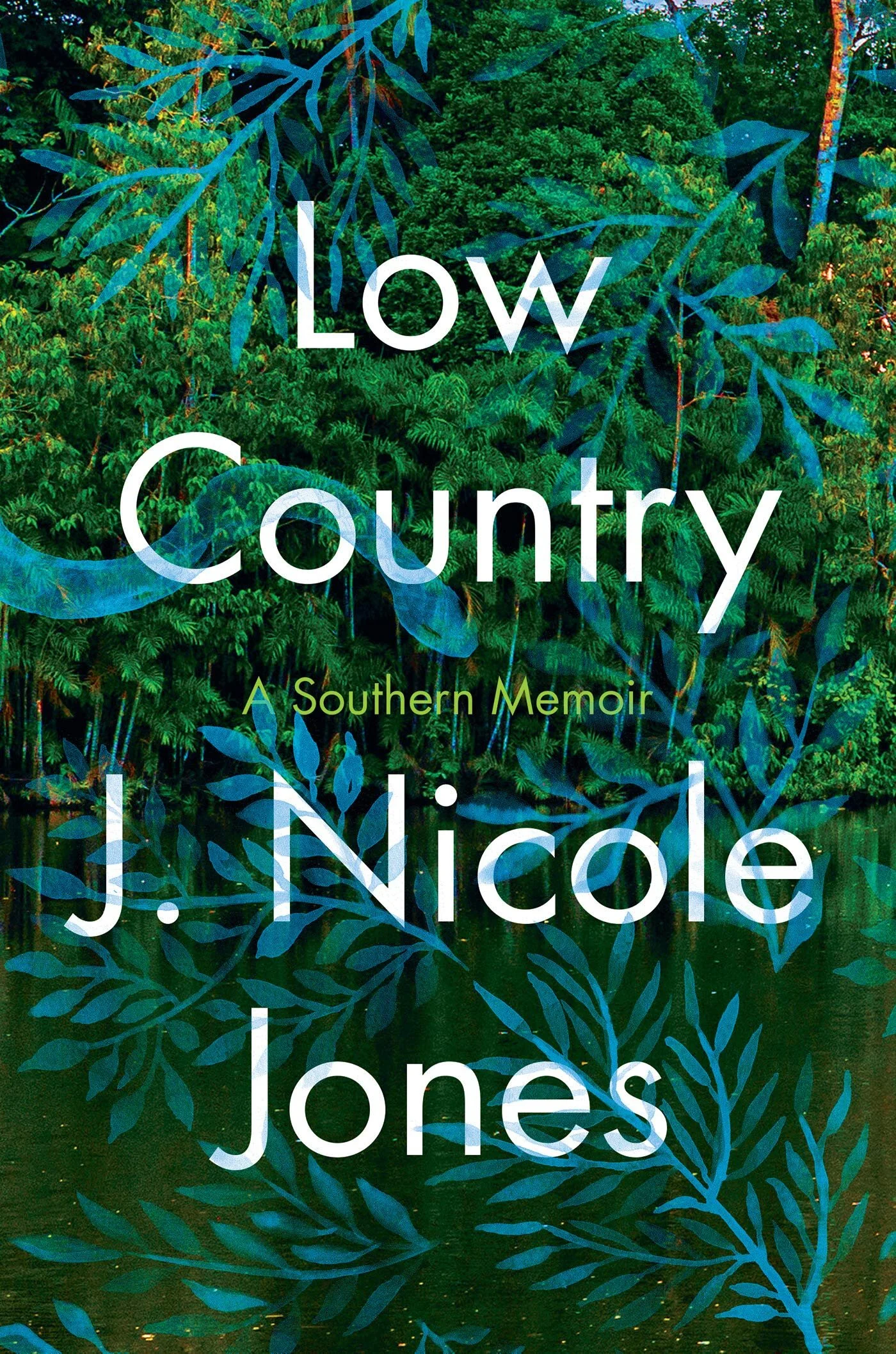Hot Off the Shelf: Dark Tourist by Hasanthika Sirisena
[image description: The book cover for Dark Tourist has teal, navy, tan, and three shades of orange. The cover is abstract with geometric shapes overlapping in these colors.]
Disclaimer: I received a free copy of this book in exchange for an honest review and I honestly loved it! There’s an affiliate link below if you’d like to get yourself a copy.
I don’t have a formal checklist of things I look for in books to read, but there are definitely elements that consistently catch my eye. Essay collections because I love essays. Retro covers because I love the kind of vintage that looks timeless. Books that are published locally or by a small press because incredible writing often comes from the least supported presses. And my favorite: some morbid curiosity.
Dark Tourist by Hasanthika Sirisena has all of that and more! First, the synopsis…
Dark tourism—visiting sites of war, violence, and other traumas experienced by others—takes different forms in Hasanthika Sirisena’s stunning excavation of the unexpected places (and ways) in which personal identity and the riptides of history meet. The 1961 plane crash that left a nuclear warhead buried near her North Carolina hometown, juxtaposed with reflections on her father’s stroke. A visit to Jaffna in Sri Lanka—the country of her birth, yet where she is unmistakably a foreigner—to view sites from the recent civil war, already layered over with the narratives of the victors. A fraught memory of her time as a young art student in Chicago that is uneasily foundational to her bisexual, queer identity today. The ways that life-changing impairments following a severe eye injury have shaped her thinking about disability and self-worth.
Deftly blending reportage, cultural criticism, and memoir, Sirisena pieces together facets of her own sometimes-fractured self to find wider resonances with the human universals of love, sex, family, and art—and with language’s ability to both fail and save us. Dark Tourist becomes then about finding a home, if not in the world, at least within the limitless expanse of the page.
I’d never heard the terms dark tourist and dark tourism before this book, though it’s something I’ve been intrigued by since I’ve heard of people doing it. I remember hearing in college that there was a whole portion of the tourism industry devoted to WWII-era concentration camps and having conflicted feelings about it. On the one hand, people for whom that is a part of their history, whether directly or through generational trauma, should be able to visit those sites if they so choose and those sites of tragedy should be available for them in a respectful way. On the other hand, people who have no connection to the tragedy and go for voyeuristic purposes… it seems mocking to make a spectacle out of a place that was, at worst, a spot of mass murder and at best, the place where countless people spent the worst days of their lives. I guess I’d just like to understand the impulse better.
Hasanthika’s essay on Jaffna, Sri Lanka, was fascinating because she wrestled with those same questions as she’s visiting sites of tragedy during Sri Lanka’s civil war. She talks about how her soldier tour guides––soldiers who perpetuated suffering in the civil war––were casual, even cavalier, about the war and its fallout; almost as though they’d become desensitized to it. And I guess they had to become desensitized in order to survive and live with themselves.
Though I’m not sure the word ever appears in the collection, desensitization is a theme that runs through several of the essays, including the essay about the plane crash that left a nuclear warhead buried in North Carolina. The location of the warhead isn’t entirely unknown even if it’s not precisely known and yet, at least as far as I understand, there wasn’t any kind of mass exodus from the North Carolina town where it’s buried. No fight or flight response can be permanently sustained, so it seems that in order to go on living in that place, locals had to become desensitized to the idea of a nuclear warhead possibly detonating at any moment.
Desensitization appears again in the essay “Pretty Girl Murdered,” where Hasanthika juxtaposes the expectations placed on women against their lived experiences in Sri Lankan culture––a country that is seen as a model for women’s progress in the third world.
I’ll admit to not knowing much of anything about Sri Lanka before reading this book, so it was definitely a learning experience. More than anything, though, I kept seeing parallels to the US. Aside from the fact that living in the US my entire life undoubtedly gives me a Western bias, I couldn’t help thinking how the civil war and the conflicting societal expectations for women were pretty on par for what we’ve got here. In which case, why would I think it mildly horrifying for Hasanthika and her cousins to visit sites of tragedy in the Sri Lankan civil war but not think twice about Americans going to US Civil War sites where thousands were killed? Why would I think it odd that an article about a murdered girl in Sri Lanka mentioned her physical attractiveness in the headline when pretty girls in the US are about the only murder victims that seem to get sufficient media coverage here?
I’m from Alabama, a state which played host to several Civil War battles, and was in high school when Natalee Holloway, a fellow Alabama high school girl, disappeared and became a media sensation. You’d think I wouldn’t have to check myself on these things. But this is one of the reasons we read, right? To be reminded that we are not singular in this world and we can be so easily deluded by the existence we know if we fail to step outside of it.
I find myself challenged in these ways most often by small press books, so it’s no surprise to me that Dark Tourist is one. Dark Tourist won the 2020 Gournay Prize for a first book of essays and is published by Mad Creek Books, an imprint of The Ohio State University Press. And I’m not just partial because OSU is just down the road from me––Mad Creek also published another book I enjoyed recently: You, Me, and the Violence by Catherine Taylor.
I think the imprint is fairly new, so I’m excited to see what they and Hasanthika do next.
If you’d like a copy of Dark Tourist (and I hope you do), please use my Bookshop link because it supports this blog when you do. Bookshop is also a rad Amazon alternative that actually supports indie bookstores, so win-win!






